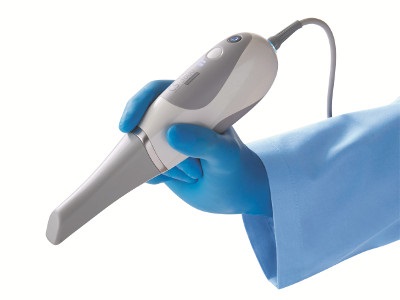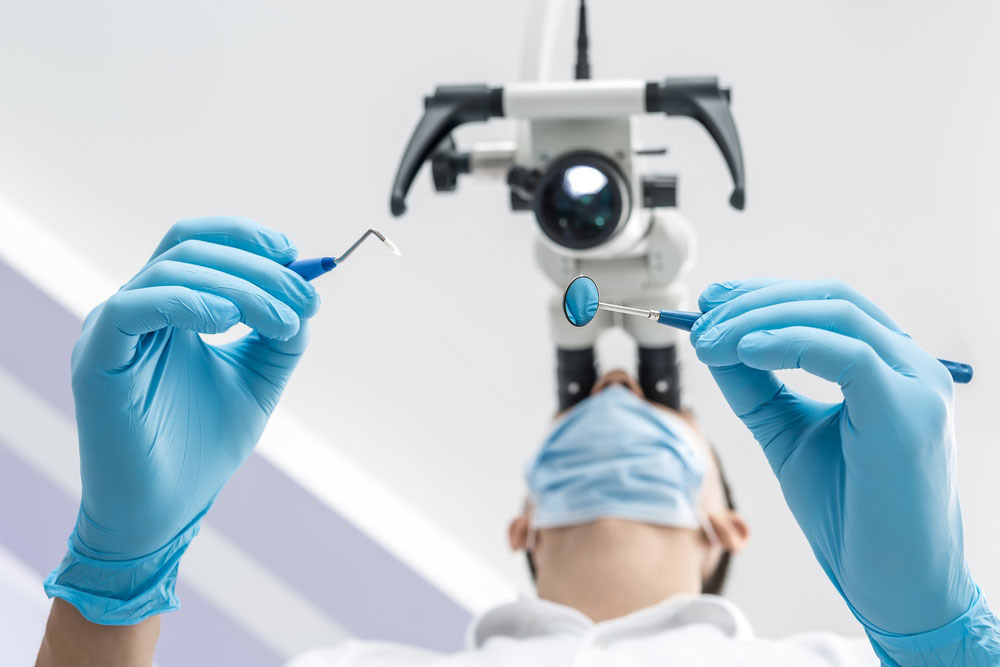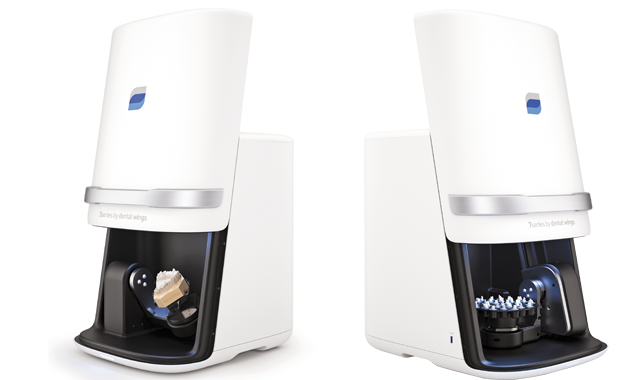The science of healthcare has come a long way in a very short amount of time.
The first inferior alveolar nerve block was given in 1885 by William Stewart Halstead. Before that, patients suffered through unbelievable pain (as an historical aside, the anesthetic was cocaine solution). At around that same time, surgeons treated patients with their bare hands in street clothes contaminated with the biological material of past procedures. The idea of bacteria (“tiny invisible bugs that cause infection”) was laughed at by the mainstream of practitioners.
All of those instances were happening less than 150 years ago. Depending on what you’re measuring, that can be a long time … or a relatively short one. I like to think of things (surprise!) in “technology years,” which can make even “dog years” seem like the blink of an eye. When I think of the changes I’ve seen in our profession over my career, it makes my head spin.
I love to tell the story of one of my instructors in dental school. He was a very nice man but had spent his entire career teaching during a period in which there wasn’t tremendous innovation in the profession. He actually once told me, “You’ll get such a good education here that you could never learn another thing and you’ll get along just fine.” A few years later, computers moved into healthcare and the world of change exploded.
Since this issue of DPR is focusing on the future of our profession, I’m going to pull my nerd hat on even tighter than usual and present some ideas for things that may not exist just yet but could certainly be in the not-too-distant future.
Virtual reality
There are already scanning devices available for non-dental situations where a 3D object can be scanned and then imported into a computer. In dentistry, we’re currently doing very similar things with 3D acquisition units such as iTero Elements, 3Shape TRIOS, Carestream’s CS 3600 and others. How cool will it be to scan the entire mouth, including soft tissue, and then put on 3D rendering goggles and see the mouth from every angle while you’re inside the mouth! Think that would help you as well as impress your patients? Yup, I do too.
The good news is that since many of us are utilizing CBCT and digital scanners in our practices already, it won’t be too incredibly difficult to enable us to actually stroll around inside of these images and see them up close and personal. When I think of how much information I could gain from this, I can’t keep the smile from my face.
Precise vision
I’m thrilled that statistics now show that 80 percent of us are wearing some type of magnification during treatment. That percentage has steadily increased since the early 2000s. We’ve also seen tremendous growth in the realm of higher magnification. Depending on what I’m doing, I frequently work at 5x to 5.5x on a daily basis.
What I’m really excited about is the ability to bring higher magnification in for when we need it — and from where we need it. Camera hardware is continually shrinking and wireless connections are now incredibly reliable. Imagine a set of surgical telescopes (by the way, we wear surgical telescopes, not loupes; the word “loupes” just denigrates the technology of our scopes) that have a built-in, high-resolution screen. You can look through your scopes or, when the situation demands it, look into the screen and see a high-res image from a camera on your mirror or from a camera mounted on a mirror handle. You would be able to see from wherever the camera is oriented. That means being able to view things that are highly magnified from perspectives we’ve never had before.
The means to do this already exists in a few different forms. Now, we just need to have someone step up to the plate and combine the pieces into a usable dental platform. I’m challenging surgical telescope and camera companies to make this happen. It’s not a difficult solution and dentists will love it!
3D printing
This is definitely something that’s visible on the near horizon. There are already offices and labs that are 3D printing models, occlusal guards, bleaching trays, surgical guides, denture bases and more. The next big development will be in fixed prosthetic materials. The accuracy of a digital prosthesis made virtually from a digital model will totally change our clinical expectations. Imagine trying in a multiple-unit case and if you have to even pick up a handpiece, you’ll be asking yourself, “What went wrong?” That’s the kind of accuracy we’ll be expecting.
Milling is amazing, and it certainly has proven itself over time; however, the subtractive process that is milling has several disadvantages that the additive process of 3D printingdoesn’t have. Stress microfractures from bur rotation and heat are gone. The final finish will be an easy polish and won’t require glazing in an oven.
Then, think about the advantages of implants. Design the case digitally, print the surgical guide, print the implant, print the abutment and print the crown. All pieces digitally engineered and created to fit together exactly as needed. Inventory? Who needs it? Run a zero-based inventory implant practice and simply print whatever you need, only when you need it. The only inventory you’ll need is the material to feed into the printer.
3D printing is also going to greatly change removable prosthetics in ways that will greatly reduce case completion time. I can easily envision scanning the arches, including soft tissue, recording centric relation and vertical dimension, then recreating those measurements in the design software. Complete dentures could then be printed, including a plethora of shades of teeth and gingiva. It might be possible to complete a case in a day.
For removable partials, the process would be: create rest seats, scan upper and lower arches, virtually articulate the models based on a digital bite relation and print the framework. Once the framework fit is verified, the teeth and acrylic could be printed onto the framework and the case delivered. A two-day turnaround would be easy to achieve.
Better yet would be developments in the realm of polymers that would allow slightly flexible acrylic frameworks with the strength of today’s metals. If that happens, you could print the entire prosthesis in one pass and meet a one-day turnaround. It’s a simple matter of changing materials for esthetics and occlusion. Incredible!
The future is rushing at us and technology is increasing at a blindingly fast pace. Whether it’s implants, diagnosis or restorative, the profession is ready to embrace change with open arms. Get ready to jump on and hang on tight because the future is coming, and the ride will be nothing less than incredible.





